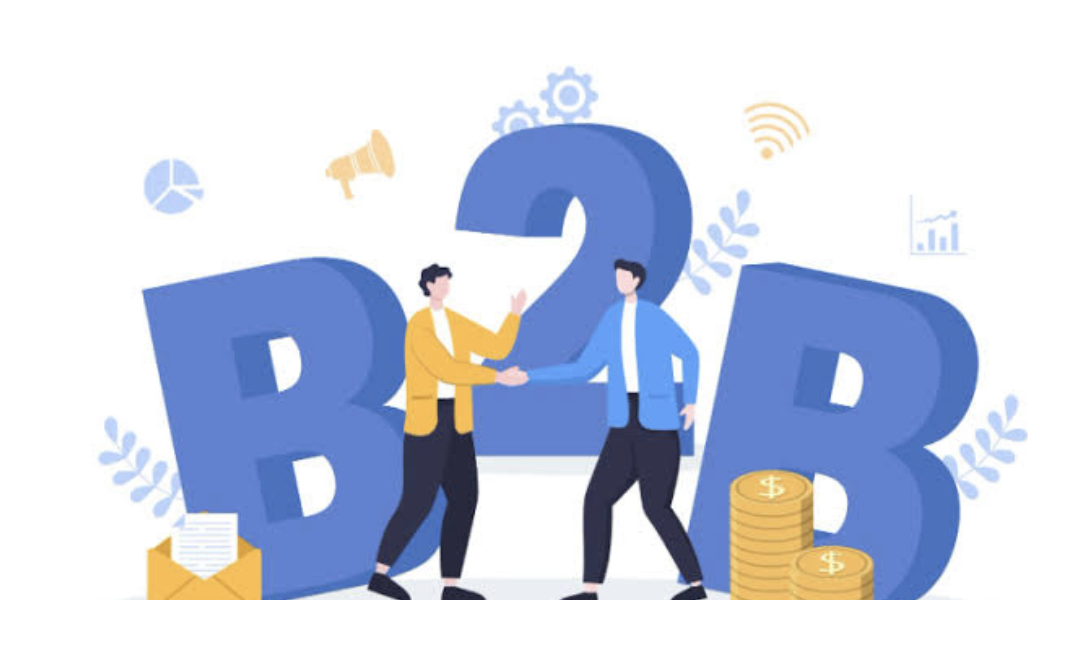In the B2B sector, clients prioritize confidence in the companies they collaborate with. These relationships often involve high stakes, long-term investments, and shared risks, making reliability and credibility non-negotiable. Businesses don’t just seek partners with excellent products or services—they demand integrity, transparency, and a proven ability to deliver results.
This emphasis on assurance stems from buyers’ fears of fraud, inconsistent performance, and unmet expectations. In this guide, we’ll explore how to foster confidence in your B2B partnerships, strengthen credibility, and avoid pitfalls that undermine client relationships.
What Is Client Confidence in B2B?
Client confidence is the belief that a business will act ethically, deliver on commitments, and prioritize the client’s success. It goes beyond transactional excellence—it’s about demonstrating integrity, expertise, and consistency in every interaction.
According to Gartner’s B2B Trust Framework, confidence is built on six pillars:
- Accountability
- Competence
- Consistency
- Transparency
- Empathy
- Reliability
A 2024 survey by Gartner revealed that 45% of B2B buyers rank competence as the most critical factor when evaluating partners, followed by reliability (22%) and consistency (18%). Companies that excel in these areas foster stronger partnerships and outperform competitors.
A classic example of rebuilding confidence is Johnson & Johnson’s handling of the Tylenol crisis in 1982. After cyanide-laced capsules caused fatalities, the company prioritized public safety over profits by recalling 31 million bottles and pioneering tamper-proof packaging. This decisive action restored credibility and solidified decades of customer loyalty.
Why Does Client Confidence Matter?
Confidence directly impacts your ability to attract and retain clients. Here’s why it’s indispensable:
1. Enhances Brand Credibility
Businesses gravitate toward partners with a reputation for reliability. A 2023 Harvard Business Review study found that 68% of B2B buyers are willing to pay a premium for vendors with proven competence and integrity. For example, Microsoft’s credibility allowed it to recover from the poorly received Windows Vista by doubling down on user feedback for Windows 7—a strategy that retained client loyalty.
Credibility also insulates brands during crises. Clients are more forgiving of missteps if they trust a company’s long-term integrity.
2. Drives Client Retention
Confidence transforms one-time buyers into long-term partners. Forrester’s 2024 B2B Buying Trends Report found that 61% of buyers prioritize reliability over innovation when renewing contracts. Additionally, 74% of confident clients are likelier to advocate for your brand, generating referrals and reducing acquisition costs.
The Cost of Losing Client Confidence
A single misstep can unravel years of goodwill. For example, in 2024, Forbes faced backlash after reports revealed ads were placed on low-quality subdomits instead of its main site. The scandal damaged its credibility, leading to client attrition and revenue loss.
According to PwC’s 2024 Global Trust Survey:
- 79% of B2B buyers reduce spending after losing confidence in a partner.
- 52% sever ties entirely.
The collapse of freight broker Next Trucking in 2024 illustrates this risk. After clients like Amazon and Tesla alleged unpaid invoices, the company lost $200M in contracts and furloughed 80% of its workforce.
5 Strategies to Build Client Confidence
Cultivating confidence requires deliberate, consistent effort. Here’s how to start:
1. Deliver Exceptional Client Experiences
Every interaction—from initial outreach to post-purchase support—shapes perceptions of your reliability. Optimize touchpoints by:
- Providing detailed product guides and demos.
- Ensuring mobile-friendly, accessible websites.
- Responding to inquiries within 24 hours.
Clients who feel valued are 3x likelier to renew contracts (McKinsey, 2024).
2. Leverage Third-Party Validation
External validation boosts credibility. For instance, Clutch Verified badges signal rigorous vetting, including financial checks and client interviews. This stamp of assurance helps buyers navigate crowded markets and reduces perceived risk.
3. Maintain a Unified Brand Voice
Inconsistent messaging erodes confidence. Develop brand guidelines to ensure all teams align on:
- Mission and values.
- Tone (e.g., professional vs. conversational).
- Visual identity (colors, logos).
Adobe’s consistent branding across social media, ads, and support channels has made it a reliable partner for creative teams.
4. Prioritize Transparency and Quality
Overpromising and underdelivering destroys integrity. Be upfront about:
- Product limitations.
- Pricing and timelines.
- Potential challenges.
For example, Slack’s transparent communication during outages has helped retain client confidence despite occasional downtime.
5. Measure and Improve
Track metrics like:
- Net Promoter Score (NPS): Measures loyalty.
- Customer Effort Score (CES): Gauges ease of collaboration.
- Client Satisfaction (CSAT): Assesses happiness post-purchase.
Use insights to refine processes and address gaps in reliability.
Conclusion
In B2B partnerships, confidence is the currency of success. By prioritizing integrity, reliability, and transparency, businesses can forge lasting relationships, differentiate themselves, and drive growth. Start by aligning teams around a client-centric vision—your bottom line will thank you.
